How to Use Digital Marketing for Small Business
Introduction
In today’s hyper-connected world, small businesses are no longer limited to local markets. With the power of digital marketing, small businesses can compete with large enterprises, expand their reach, and grow their customer base faster than ever before.
Digital marketing is not just about running ads; it is about building a strong online presence, leveraging SEO, engaging with customers on social media, using email marketing effectively, and implementing AI-driven strategies to maximize ROI.
In this detailed guide, we’ll explore how small businesses can use digital marketing for growth in 2025 and beyond.
Why Digital Marketing Matters for Small Business Growth
| Traditional Marketing | Digital Marketing |
|---|---|
| Limited to local reach | Global & local reach |
| Expensive (TV, radio, print) | Cost-effective (SEO, social media, PPC) |
| Difficult to track results | Easy to track with analytics |
| One-way communication | Two-way engagement with customers |
| Slow results | Faster, scalable growth |
Digital marketing is more than a tool—it’s a growth engine for small businesses. By leveraging online strategies, even small shops can compete with global giants.
Core Digital Marketing Strategies for Small Business Growth
1. Search Engine Optimization (SEO)
SEO ensures your business ranks on Google’s first page when potential customers search for your products or services.
Key elements of SEO:
- On-page SEO: Optimizing titles, meta descriptions, and content.
- Off-page SEO: Building backlinks and online authority.
- Local SEO: Targeting customers in your area.
- Technical SEO: Improving site speed, mobile-friendliness, and security.
📌 Example: A small bakery in New York optimized for “best cupcakes near me” and doubled its sales through local SEO.
👉 Watch: SEO for Beginners 2025
2. Social Media Marketing
Social media platforms like Facebook, Instagram, TikTok, and LinkedIn are essential for branding and customer engagement.
| Platform | Best Use for Small Businesses |
|---|---|
| Community building, ads, events | |
| Visual branding, reels, influencer partnerships | |
| TikTok | Viral content, product demos, brand awareness |
| B2B networking, authority building |
Tips for growth:
- Post consistently.
- Use short-form video content.
- Run paid ads with proper targeting.
- Collaborate with micro-influencers.
👉 Watch: Social Media Marketing Tips for Small Business
3. Pay-Per-Click Advertising (PPC)
PPC allows small businesses to target customers instantly on Google Ads, Facebook Ads, and other platforms.
Advantages:
- Immediate visibility.
- Pay only when someone clicks.
- Highly targeted campaigns.
| Ad Type | Best for |
|---|---|
| Google Search Ads | High-intent buyers |
| Display Ads | Brand awareness |
| Facebook Ads | Local targeting |
| TikTok Ads | Younger audience |
👉 Watch: Google Ads for Beginners
4. Content Marketing
Content is king, and it builds long-term trust.
Examples of content strategies:
- Blogs & SEO articles.
- Infographics.
- Case studies & eBooks.
- Explainer videos.
📌 Example: A fitness coach created YouTube workout tutorials and attracted thousands of paying clients.
👉 Watch: Content Marketing Strategy
5. Email Marketing
Email marketing is still one of the most cost-effective channels for small businesses.
Key practices:
- Build a subscriber list.
- Send personalized emails.
- Use automation for follow-ups.
| Email Type | Purpose |
|---|---|
| Welcome Email | Onboarding customers |
| Promotional | Discounts & offers |
| Newsletter | Updates & tips |
| Re-engagement | Bring back old customers |
👉 Watch: Email Marketing for Beginners
6. Influencer Marketing
Partnering with micro-influencers (1,000–50,000 followers) can be more impactful than celebrities.
📌 Example: A small skincare brand collaborated with 10 micro-influencers and tripled its sales in 2 months.
👉 Watch: Influencer Marketing Explained
7. AI and Automation in Digital Marketing
AI is transforming digital marketing for small businesses.
Benefits:
- AI-driven chatbots for 24/7 support.
- Predictive analytics for better ad targeting.
- Automated content creation.
- Smart recommendations for customers.
| AI Tool | Purpose |
|---|---|
| ChatGPT | Content creation |
| Jasper AI | Blog writing |
| ManyChat | Messenger automation |
| HubSpot | CRM & automation |
👉 Watch: AI Tools for Small Business
Digital Marketing Growth Plan for Small Businesses
Here’s a step-by-step roadmap for growth:
| Step | Action | Timeline |
|---|---|---|
| Step 1 | Build website & SEO optimization | Month 1–2 |
| Step 2 | Launch social media accounts | Month 1 |
| Step 3 | Start blogging & content marketing | Month 2–3 |
| Step 4 | Run Google & Facebook Ads | Month 3 |
| Step 5 | Implement email automation | Month 3–4 |
| Step 6 | Explore influencer partnerships | Month 4–5 |
| Step 7 | Scale with AI automation | Month 6 onwards |
Case Studies: Small Business Growth Through Digital Marketing
- Coffee Shop in London: Increased foot traffic by 70% using local SEO and Instagram reels.
- Online Clothing Brand: Boosted sales by 200% using TikTok influencer campaigns.
- Fitness Trainer: Built a 6-figure business by offering online courses marketed through YouTube.
👉 Watch: Digital Marketing Success Stories
Challenges Small Businesses Face in Digital Marketing
- Limited budgets.
- Lack of expertise.
- High competition.
- Rapid changes in algorithms.
👉 Solution: Start small, focus on one platform at a time, and scale gradually.
Future of Digital Marketing for Small Business Growth (2025 and Beyond)
- Voice Search SEO will become crucial.
- AI-powered personalization will dominate marketing.
- Short-form video content (TikTok, Reels, Shorts) will drive engagement.
- E-commerce integrations will allow even local businesses to sell globally.
👉 Watch: Future of Digital Marketing
Conclusion
Digital marketing is the lifeline for small businesses in 2025. Whether it’s SEO, social media, PPC, or AI-powered tools, the opportunities for growth are endless.
By following the roadmap and strategies shared in this guide, small businesses can build a sustainable online presence, attract loyal customers, and achieve long-term growth.
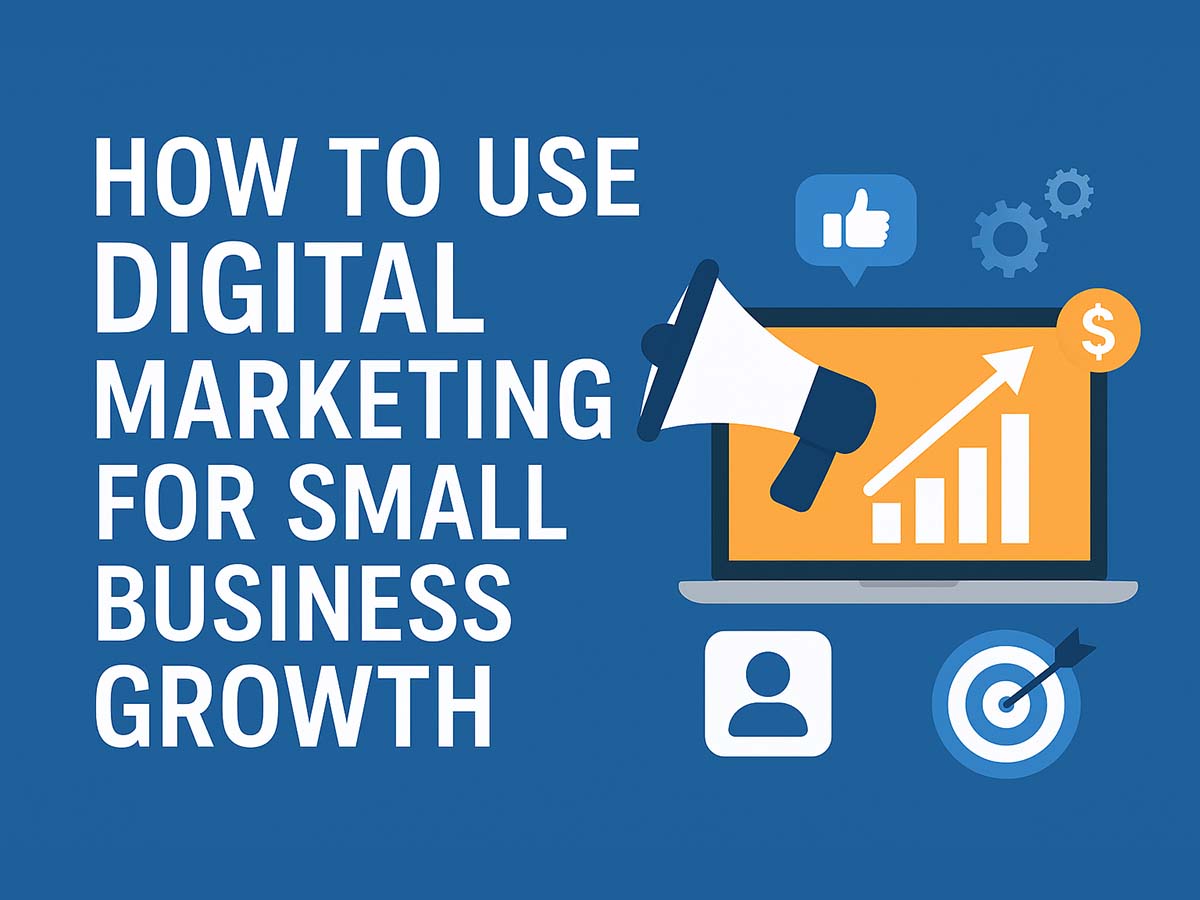
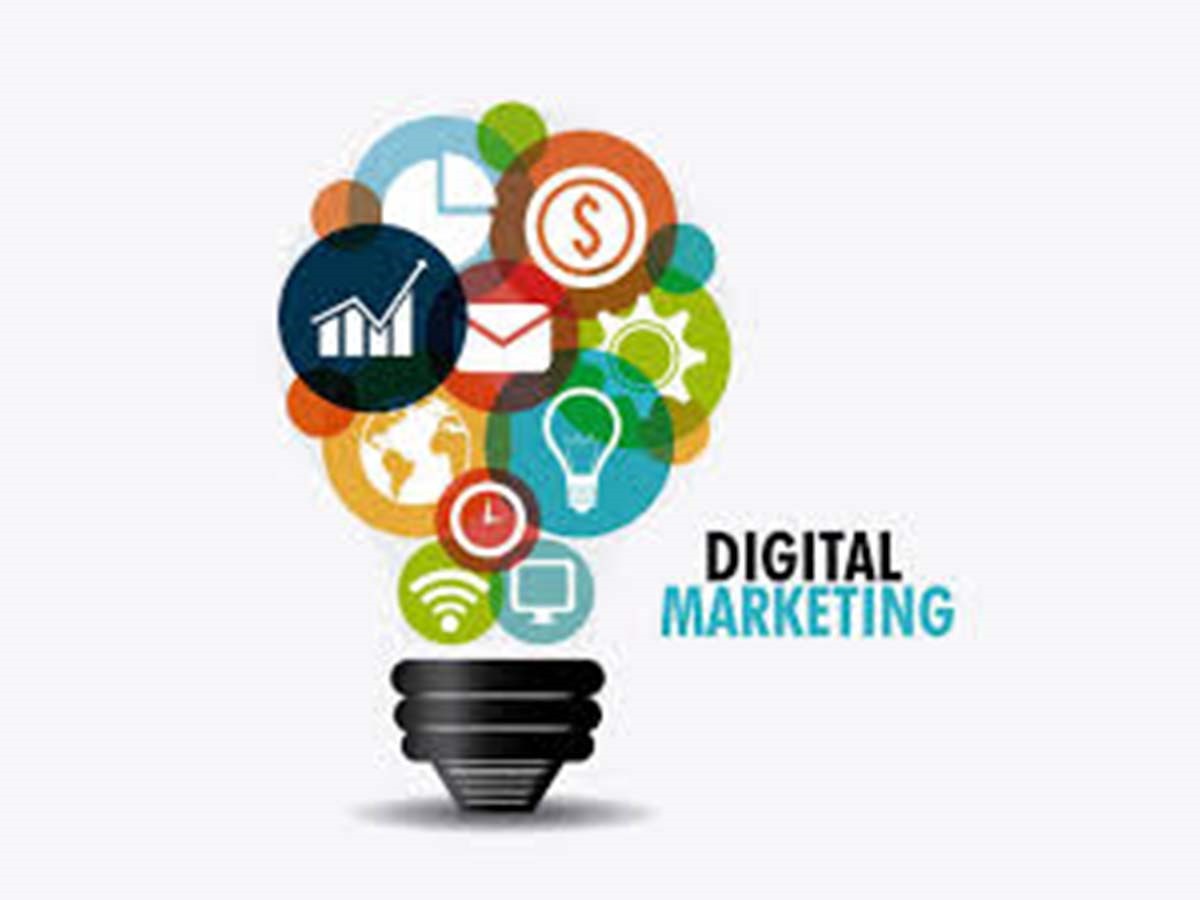
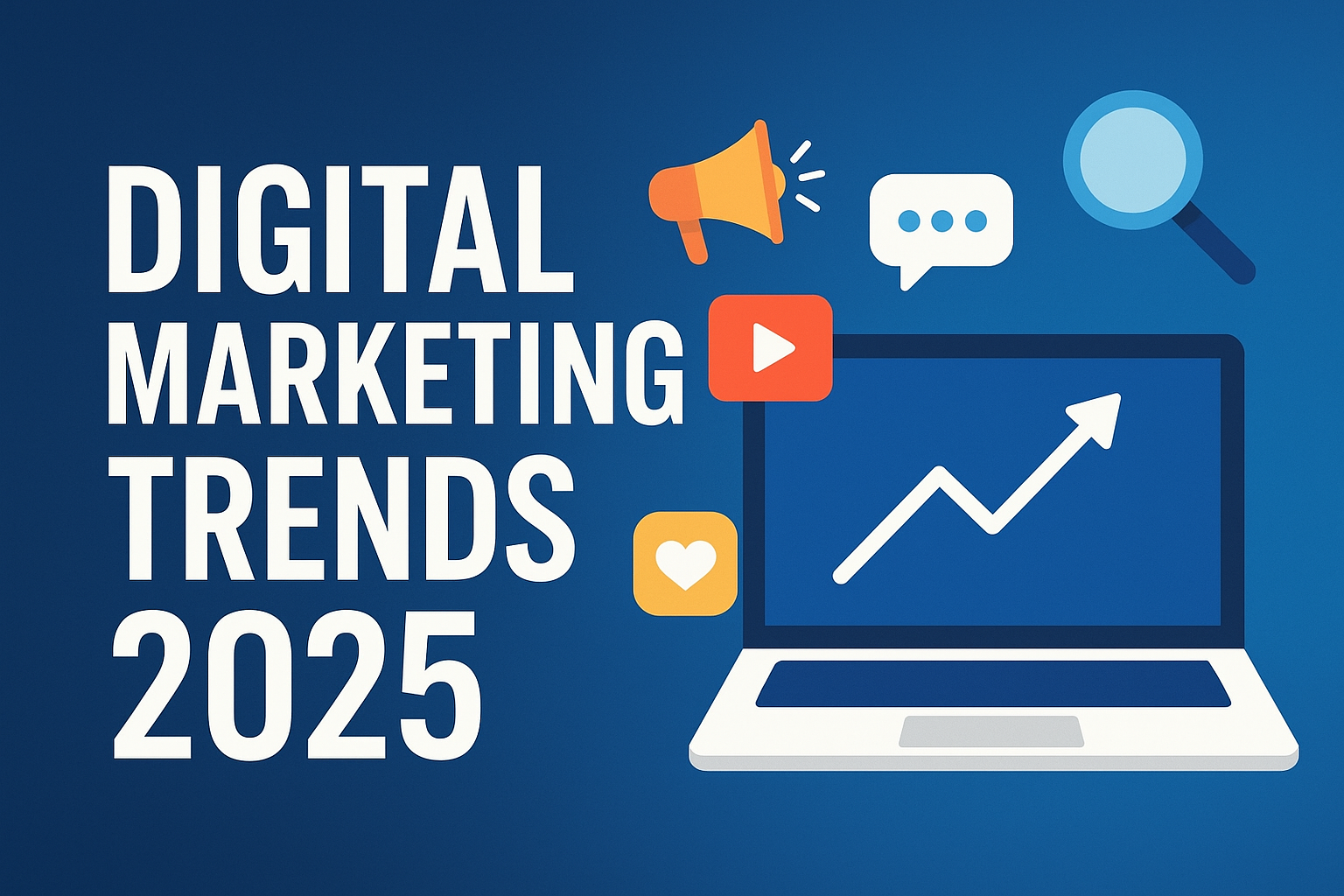
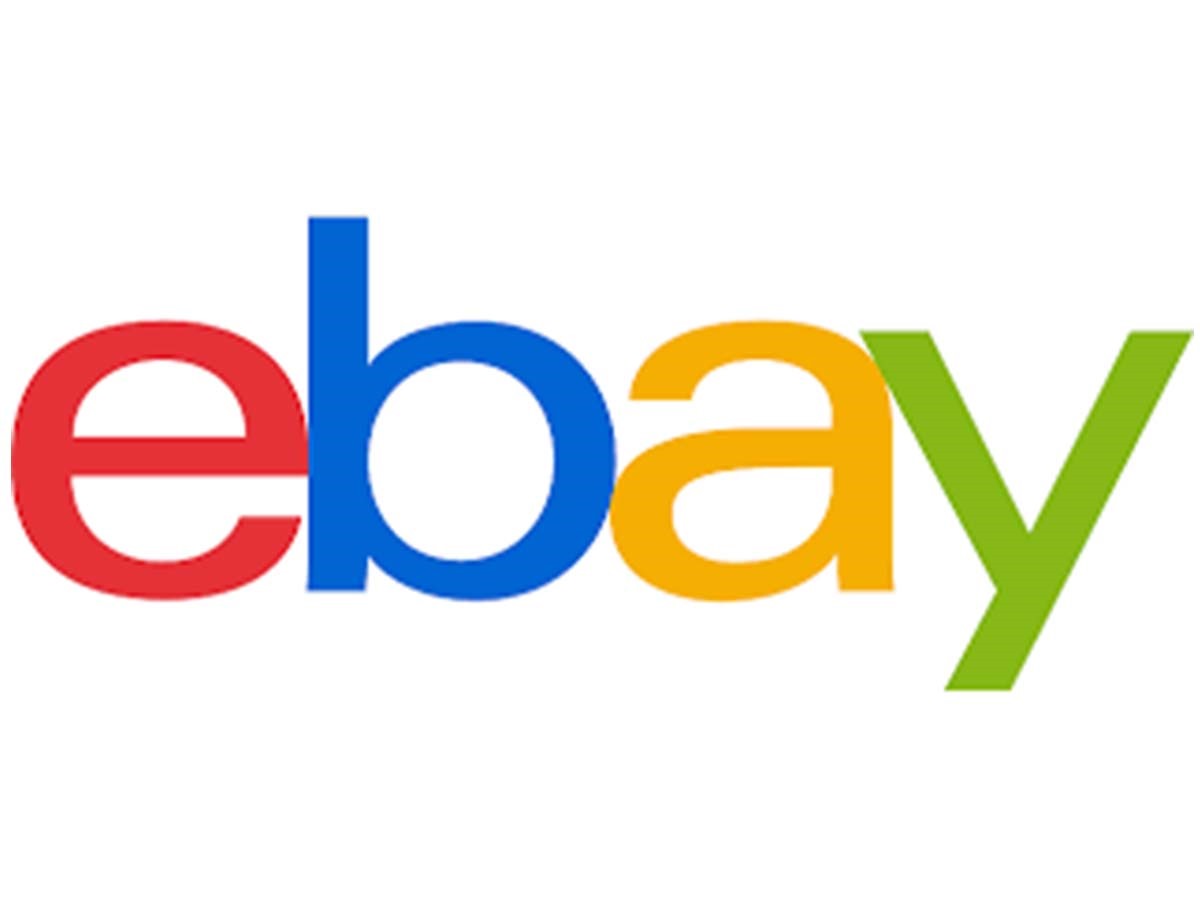

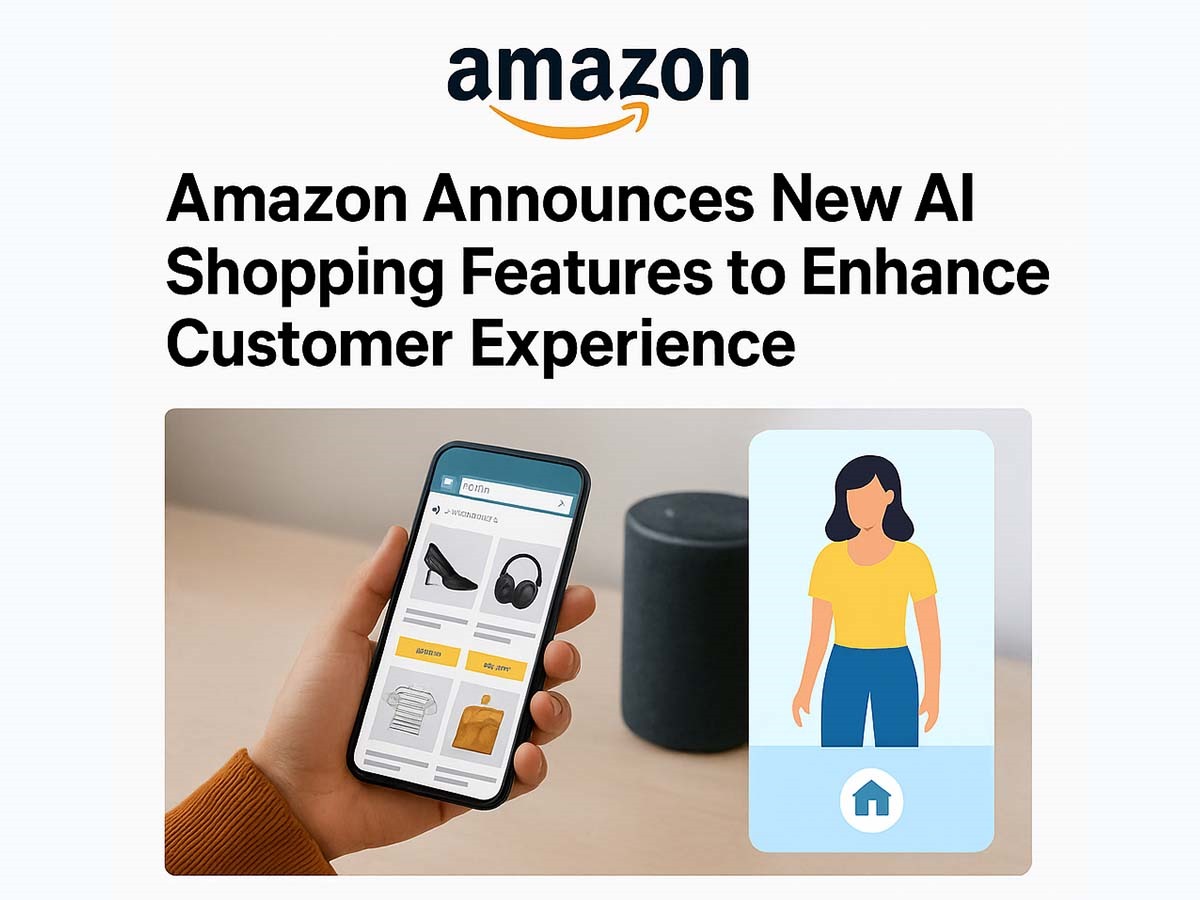

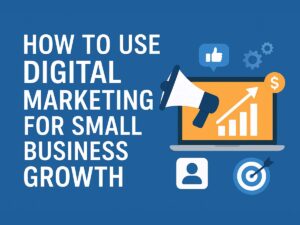
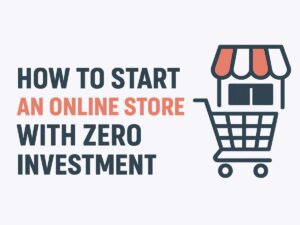
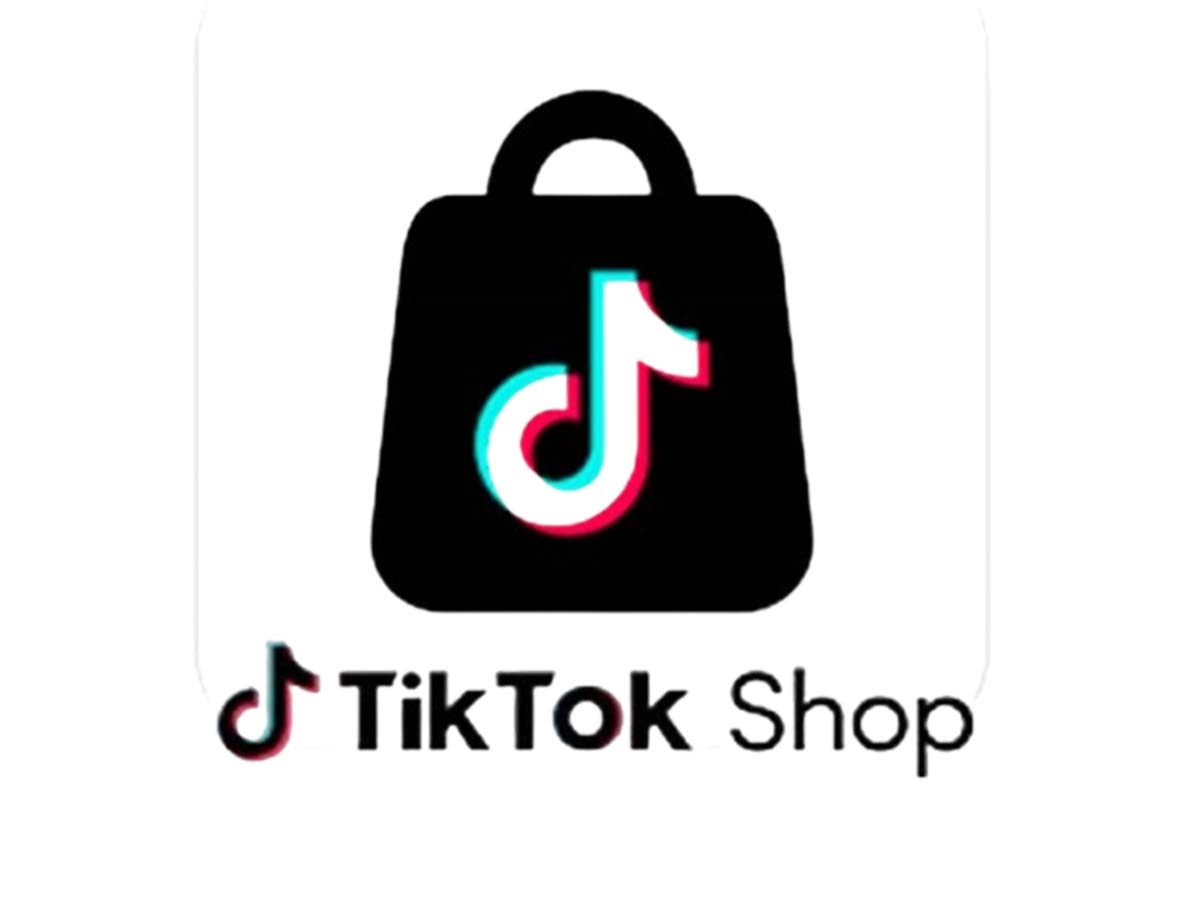
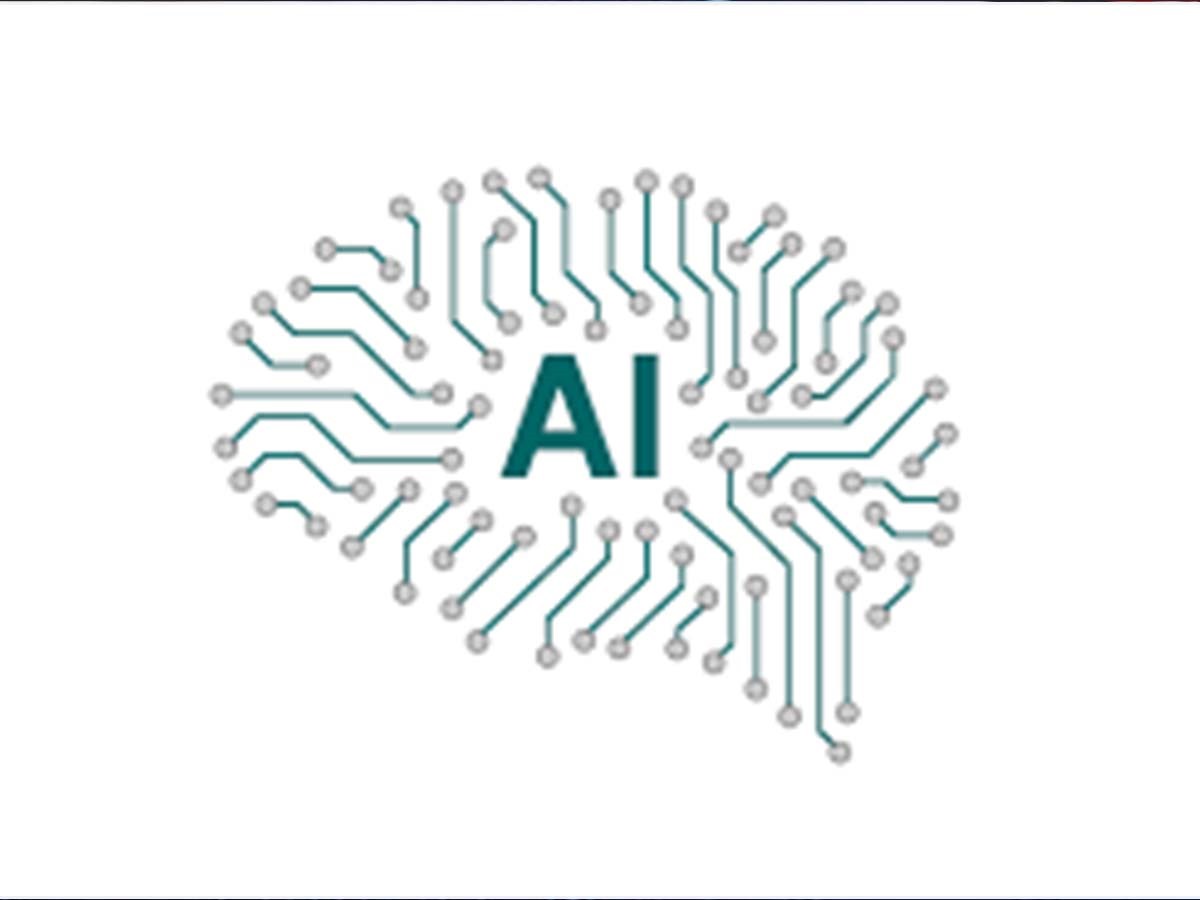

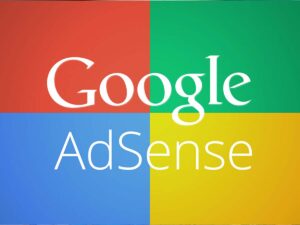
Post Comment